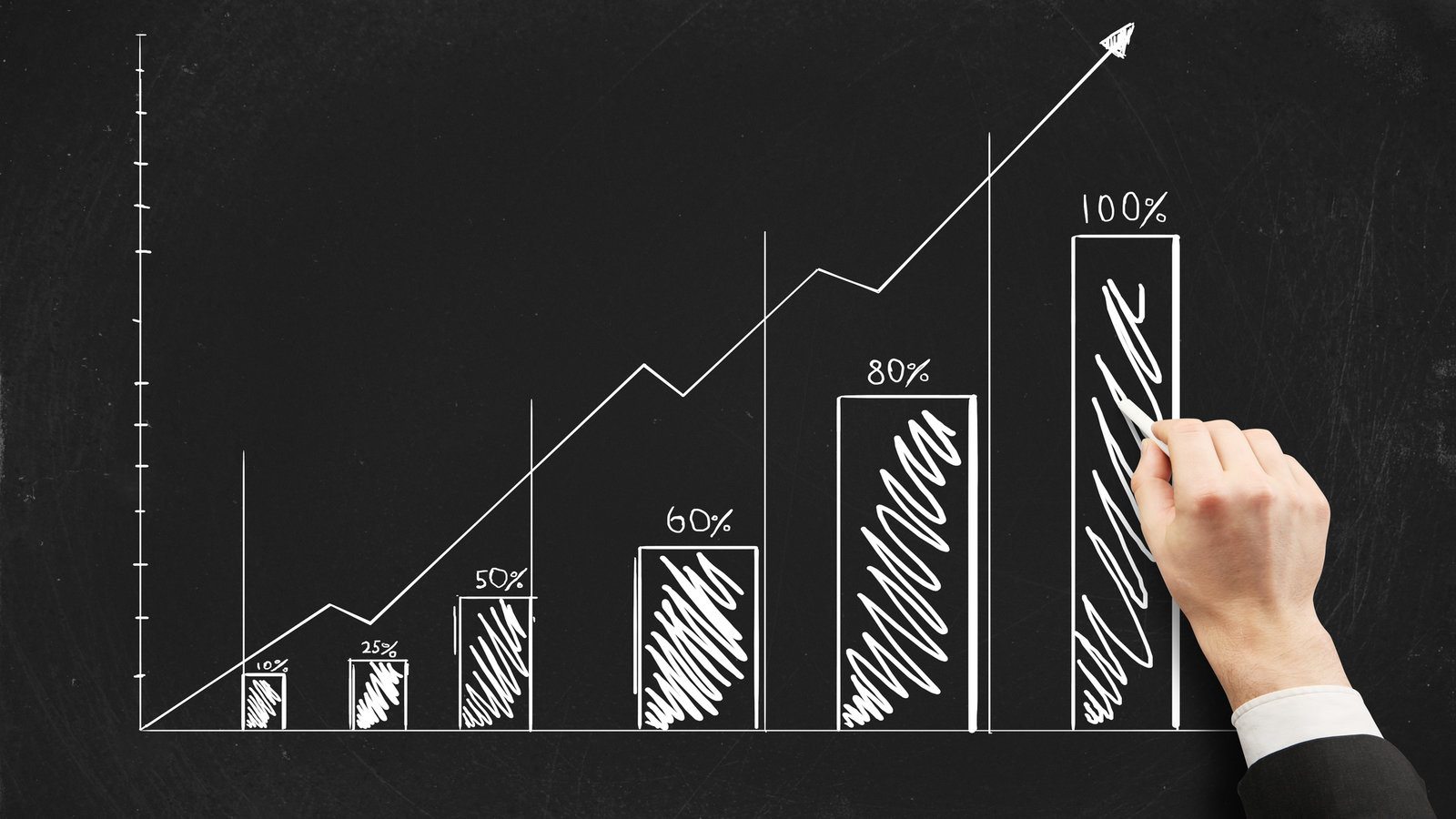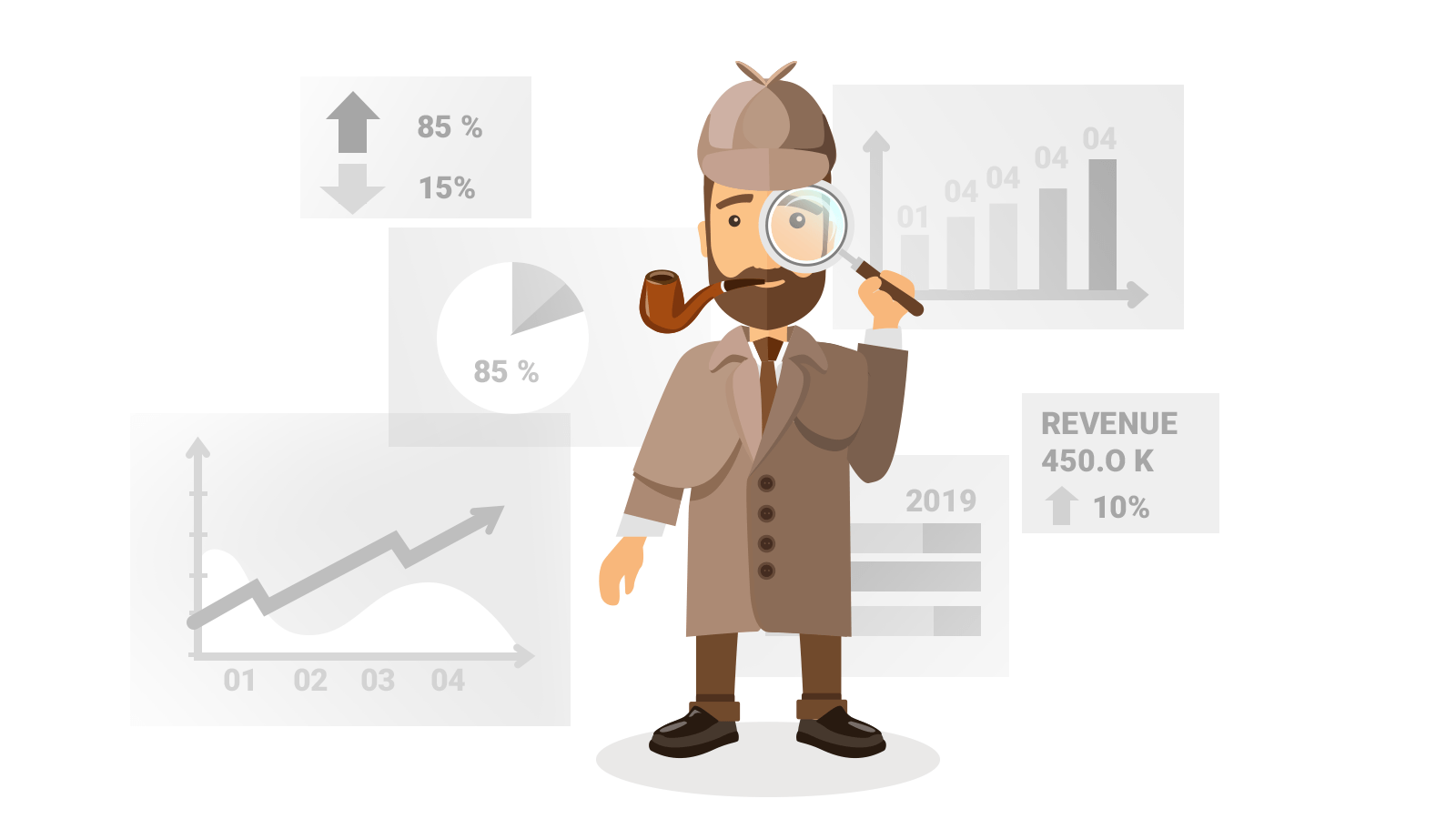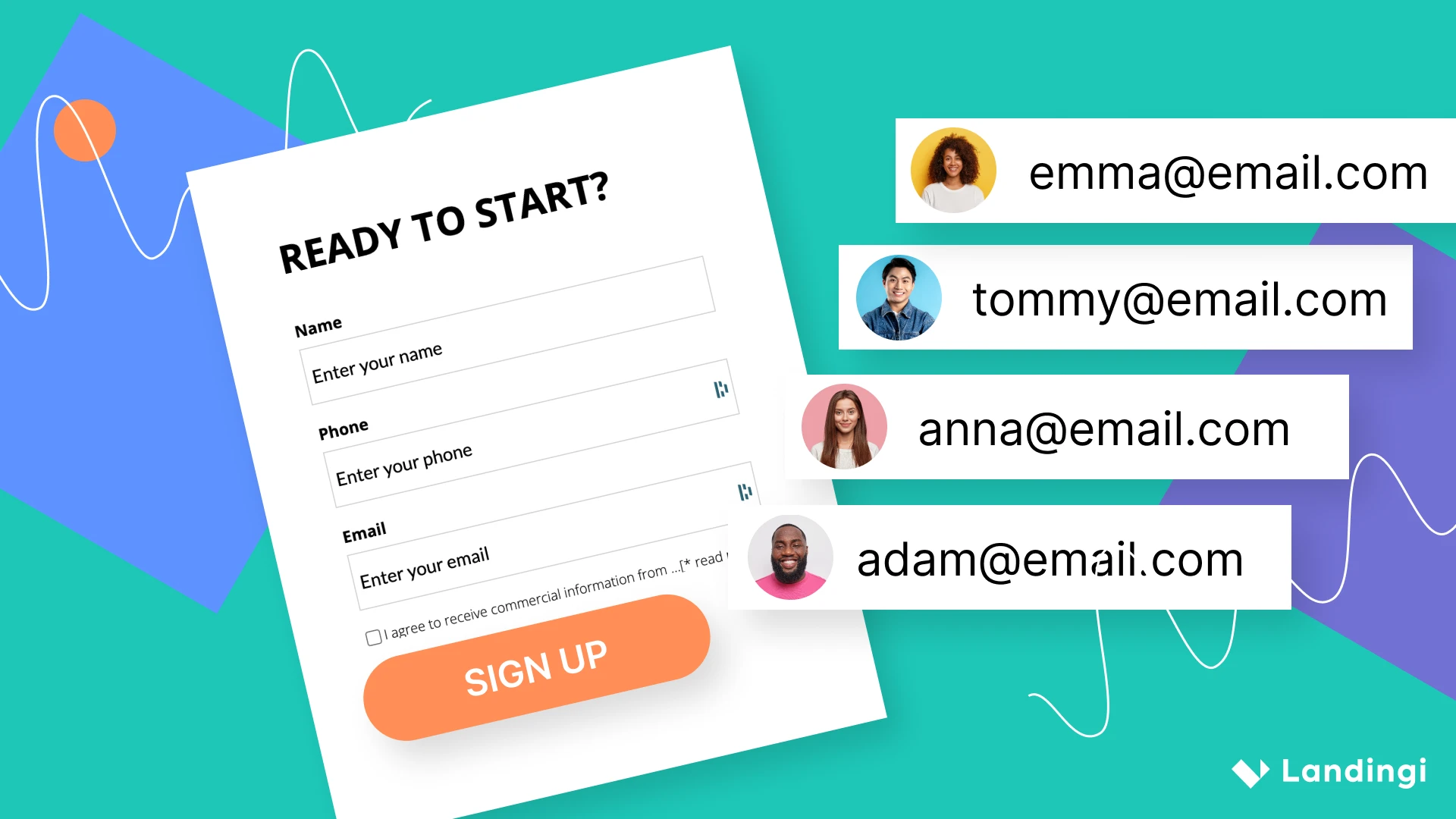After you’ve set up your landing page and all the necessary elements are in place, you have to make sure that the page is actually performing.
Monitoring specific metrics can help you improve your landing pages and make them more attractive, engaging, and effective. Here are 5 metrics that you should definitely take note of to track landing page success in your digital marketing dashboard.
2. Bounce rate
Google defines bounce rate as:
1. Conversion rate
The conversion rate is defined as the rate of visitors that actually take the desired action on your site.
According to Marketing Terms, “The desired action can take many forms, varying from site to site. Examples include sales of products, membership registrations, newsletter subscriptions, software downloads, or just about any activity beyond simple page browsing.”
In the case of your landing page, this number is focused on how many people click on your Call to Action (CTA) – usually to sign up for your newsletter or download an offer.

On average, typical landing pages will have a conversion rate of 2.35%. However, this is dependent on varying factors such as the nature of your business, the kind of product you’re selling, or the type of service you’re offering.
If your numbers fall below the average, look into which specific elements on your landing page can be adjusted to boost your conversion rates. For instance, is your landing page layout confusing because you have a lot going on? It may be a sign you should switch to a landing page template with a simpler design or fewer widgets.
Is your headline engaging enough? Maybe your CTA button isn’t noticeable enough or conveying the value of your offer. There are a lot of different factors that you can adjust and elements that can be tested to improve your conversion rates.
The percentage of all sessions on your site in which users viewed only a single page and triggered only a single request to the Analytics server.
Google
In the simplest of terms, that means the number of visitors that end up on your landing page and immediately leave – literally bouncing off. Like many websites, your landing page also has a very small window of opportunity to capture and engage a visitor’s attention.
Statistically, an average site experiences a 40.5% bounce rate, which admittedly can seem pretty high. However, there are several ways to address this.
For starters, user testing helps ensure that your landing page actually helps usher visitors through your conversion funnel. Good landing pages doesn’t leave visitors questioning what they should do next. Their eyes should travel down to your offer and CTA so they immediately realize the advantage of being there. Next, make sure your headline is brief, informative, and relevant. Whenever you can, build urgency for your CTA by adding a deadline. This helps visitors know that they should act on your offer sooner rather than later.
3. Average time on page
It’s easy to misinterpret the time spent on your landing page. Traditionally, you want visitors to spend more time on a specific page on your website.
This usually means that they’re actually taking the time to read and absorb the content available. Landing pages, however, are meant to impart information in the briefest way possible. So, if a visitor sticks around for more than 15 minutes on a lengthy WordPress landing page full of long blocks of text, this is probably not a good thing.
This could imply a number of things. One is that your copy is confusing and it takes too much time to understand your offer. Another could be that your navigation is confusing and visitors don’t really know what to do on your landing page. These factors could affect your conversion rates.
4. Traffic source
Knowing where your landing page traffic comes from is critical in terms of restructuring your approach to appeal to more visitors.

For example, targeting the wrong sources can have a direct impact on your landing page conversions. Let’s say your primary source of traffic is from social media ads. Though it’s driving a lot of traffic to your landing page, you notice very high bounce rates. This could mean that you’re using the wrong platform to redirect visitors. Maybe driving traffic via email or through blogs that focus on the same topic would be more effective.
Learning about the source of your traffic provides great insight into what your visitors are looking for. It also allows you to make landing page changes that better appeal to visitors.
5. Form abandonment rate
Form abandonment tracks how many visitors started filling out your form before deciding to abandon your landing page without completing it.
This particular metric is especially relevant for lead generation landing pages whose main objective is to gather customer information and contact details. It’s very important to remember that while you may want to get as much information as possible from your visitors, you also have to consider how much time it takes for them to fill out your forms.
Compare the total number of visitors who visit your landing page against your form abandonment rate. If the rate is high, it might be a sign that you’re requesting too much information from them.
Obviously, longer forms that require inputting a lot of data take more time to fill out than shorter forms. If you shorten your form in a landing page builder to just the bare basics, you might raise the chances of improving your conversions. There is a brief window of time to gather information from your visitor. Ultimately, it’s better to get limited pertinent information using a 3-5 question form than no information at all because your form ran too long.
Landing pages are built with one specific purpose – to get visitors to convert. Keeping your message strong, providing value, and creating streamlined visuals are just one part of ensuring that it’s effective. It’s also important to fine-tune the different elements on your landing page to better appeal to your audience. This can be successfully achieved by understanding the value of the metrics mentioned above.








